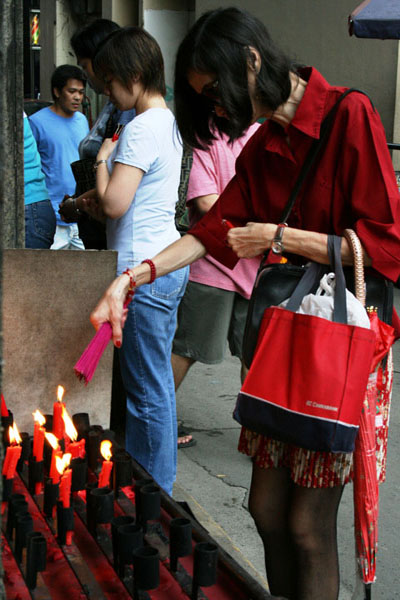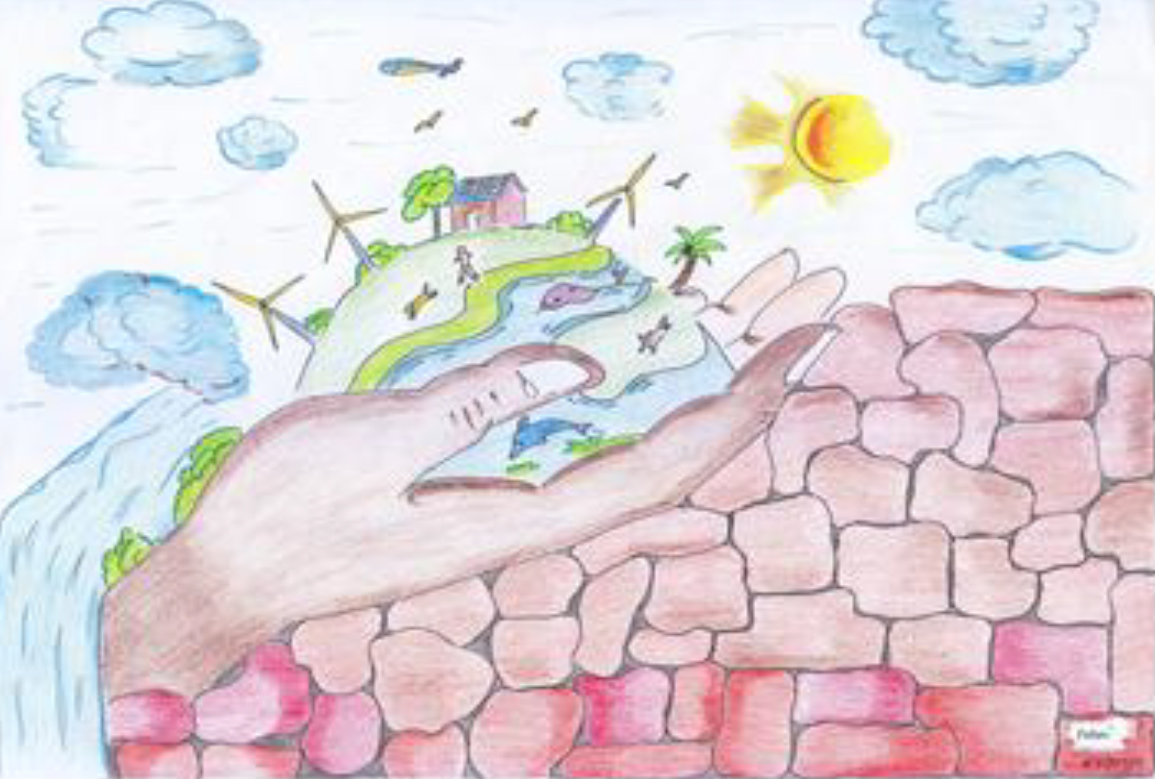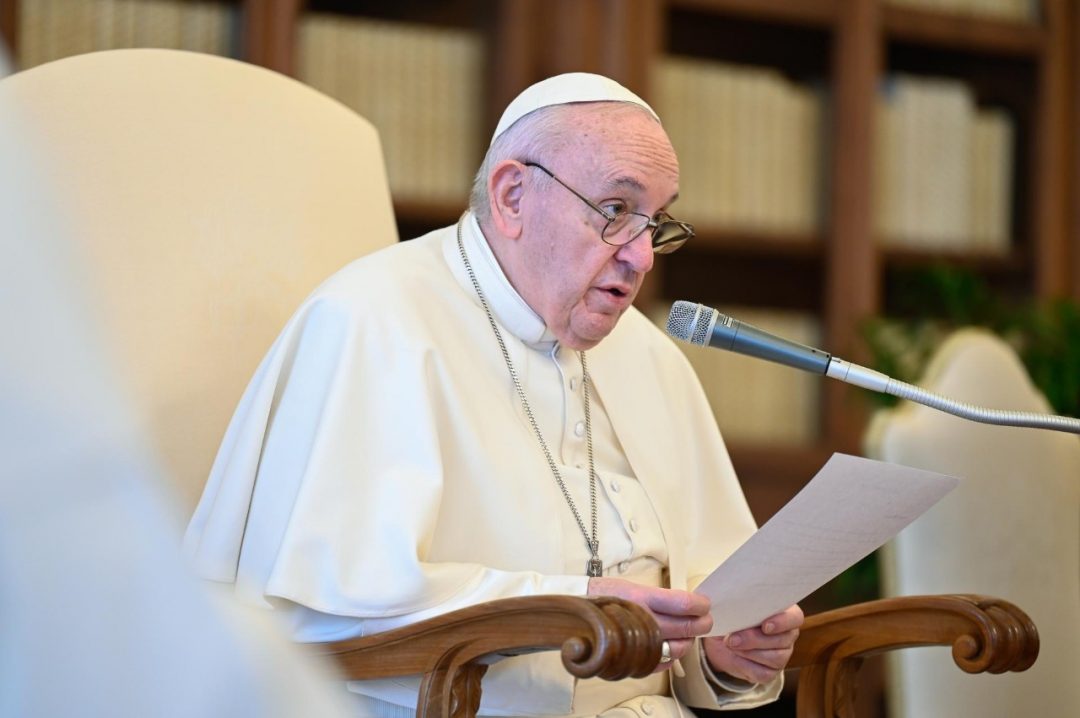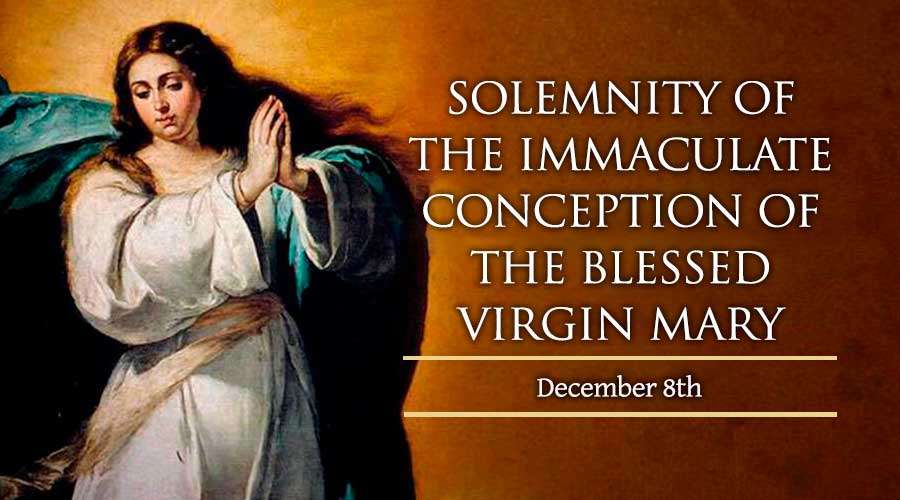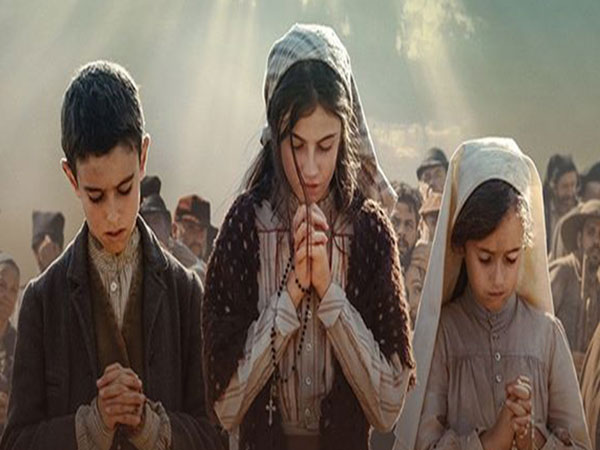by Karl M. Gaspar, CSsR
Ask, and you will receive; seek, and you will find; knock, and the door will be opened to you. For everyone who asks will receive, and anyone who seeks will find, and the door will be opened to him who knocks. Would any of you who are fathers give your son a stone when he asks for bread? Or would you give him a snake when he asks for a fish? As bad as you are, you know how to give good things to your children. How much more, then, will your Father in heaven give good things to those who ask him! (Mt. 7:7-11).
Filipino Catholics have truly embraced this Gospel text through the almost five centuries of their religious practice. The legacy of Catholicism passed on from one generation to another has been our people’s deep confidence in the intervention of the power of the divine in their concrete lives. This is manifested in one distinctive element of our faith, namely, the prevalence of folk or popular piety, also referred to as folk or popular Catholicism.
In the Catechism for Filipino Catholics (No. 116), this type of religiosity enters the lives of our people “through religious ceremonies attached to family celebrations such as baptisms, marriages, funerals, and house blessings” as it is a faith of “traditional pious practices… drawn from our Filipino social, religious and cultural environment”. In the Acts and Decrees of the Plenary Council of the Philippines II (No. 13), this is the faith for “most of our people today… centered on the practice of the rites of popular piety”.
Both the Catechism and PCP II have critical comments regarding popular religiosity. The former warns that folk piety’s faith is “dangerously open to proselytizing by other religious sects of all kinds, or corrupted by the attractions of worldly secularism” while the latter indicates that this kind of faith is not centered on “the word of God, doctrines, sacramental worship, community or building up our world unto the image of the Kingdom”. However, there is also the acceptance of the positive elements of popular religiosity and the recognition that the practices along folk Catholicism will continue to characterize our people’s faith.
One element of folk religiosity that would easily resonate with the biblical text of Matthew 7:7-11 is the prevalence of our people’s total dependence on God’s generosity and compassion. Thus, we have no problem with Jesus’ exhortation “to ask, to seek and knock on the door” when we need divine favors. The element of popular Catholicism that does not synchronize with this biblical text is that we do not ask the “Father in heaven to give us the good things we seek”.
Instead, in most cases we offer our prayer intentions to the Blessed Mother and other saints. In a number of cases, the Marian devotions are centered on specific places. Thus, we have the different sites of Baclaran, Metro Manila (Mother of Perpetual Help), Manaoag, Pangasinan (Our Lady of Manaoag); Naga City (Ina ng Peñafrancia); Zamboanga City (Our Lady of the Pillar); Lapu-lapu City, Cebu (Our Lady of the Rule) and the like. There are also popular angels and saints to whom novenas are offered and fiestas celebrated including those of San Miguel Arkanghel, San Isidro Labrador, San Francisco de Assissi, Sta. Clara, San Roque and a hundred others who serve as patron saints of dioceses and parishes. With his recent canonization, there has been an upsurge of devotions centered on San Pedro Calungsod.
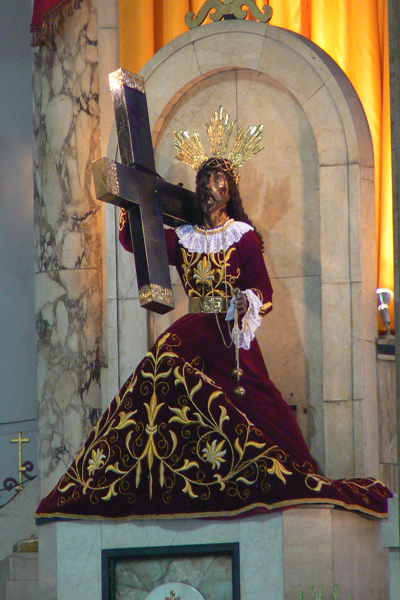 If there are prayer intentions offered to God, it would be to Jesus Christ via the popular images of the child Jesus (Sto. Niño, especially in Cebu City) and the suffering/dead Jesus (the Nazareno of Quiapo, Manila). There are even devotees in the Visayas who believe that the Sto. Niño is not Jesus Christ but a child-saint. Recently, the giant statue of Jesus as the Divine Mercy in El Salvador, Misamis Oriental has been attracting pilgrims to its site.
If there are prayer intentions offered to God, it would be to Jesus Christ via the popular images of the child Jesus (Sto. Niño, especially in Cebu City) and the suffering/dead Jesus (the Nazareno of Quiapo, Manila). There are even devotees in the Visayas who believe that the Sto. Niño is not Jesus Christ but a child-saint. Recently, the giant statue of Jesus as the Divine Mercy in El Salvador, Misamis Oriental has been attracting pilgrims to its site.
If there is one particular characteristic of our people’s prayer intentions to Jesus, Mary, the angels and saints it would be the element of negotiation. Herein lies the theological aspect of the promise or pledge (panata in Tagalog, panaad in Cebuano-Bisaya and sapata in Ilokano). Considering the various material needs of the average Filipino family – who until today remain poor, and in many cases, destitute and constantly faced with urgent needs – most individuals’ prayer intentions are very much centered on concrete, material and day-to-day needs.
In the rural areas, peasant families’ prayer intentions would be for good weather and the absence of pests so they can have a good harvest. In places, where natural calamities take place regularly, they pray that they be spared more death-dealing disasters. In troubled areas where conflicts constantly erupt, their prayers are for peace and safety from harm.
Across the country, the Filipinos pray for their basis needs: food on the table, approval of loans that will help pay for tuition fees or a housing application, permanent employment, the granting of visas to be able to work abroad, safety in the streets and harmony within the family. The most popular prayer intention is, of course, dealing with good health, namely, to be cured of diseases (the more serious the illness, the more intense the prayers) or staying healthy or not get sick that would spell enormous costs in terms of medicine and hospitalization.
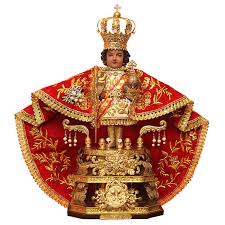 The manner in which the believer approaches this folk religious practice is to enter into a “negotiation process” with the Santo Niño, Ina or any of the saints. In the unfolding process, the supplicants present their prayer intentions to whoever they approach. There are various ways that are employed including the pamisa (offering a Mass with the intention), saying the rosary or a novena or a spontaneous prayer. Supplementary actions include offering flowers, lighting a candle, or walking on one’s knees along the aisle towards the altar.
The manner in which the believer approaches this folk religious practice is to enter into a “negotiation process” with the Santo Niño, Ina or any of the saints. In the unfolding process, the supplicants present their prayer intentions to whoever they approach. There are various ways that are employed including the pamisa (offering a Mass with the intention), saying the rosary or a novena or a spontaneous prayer. Supplementary actions include offering flowers, lighting a candle, or walking on one’s knees along the aisle towards the altar.
Then a panata/panaad/sapata is made. If the prayer is answered – that is, the negotiation leads to a favorable outcome – the supplicants will fulfill the promises they made as they offered their prayer intentions. This could take on various forms, but usually in the form of enhancing one’s religious life (regular prayer, attending Masses and the like), making sacrifices (get up at dawn to say the rosary or going on pilgrimage that involves a lot of inconveniences) and changing one’s behavior (refrain from gambling and drinking alcoholic drinks). Where it is a big favor being sought (e.g. cure from terminal cancer, resolution of a major conflict that has death-life repercussions), the panata could involve life-changing options (e.g. joining a religious order, curing an addiction, giving up on an extra-marital relationship and the like).
Panatas are seriously fulfilled if the favors sought are received. There is the strong and binding belief that the non-fulfillment of a promise could bring a curse or sumpa (Tagalog), gaba (Cebuano). There is the belief that supplicants who receive a favor and ignore their promises will be in some kind of blacklist; next time they seek favors, their prayers will not be heard. So the faithful will do everything they can to make sure that promises are fulfilled.
To better understand the origin of panata as an integral element of the manner that Filipino Catholics relate to the divine realm, one has to go to the roots of folk religiosity which is embedded in our indigenous belief system. Long before the Spanish missionaries reached our shores, our ancestors believed in a supreme Deity (called by different names e.g. Bathalang Meykapal, Apo Kabunian, Apo Sandawa, Magbabaya, Manama and the like) and a world of nature and ancestor spirits. As they were baptized into the Catholic faith, the lowland settlers – among the Cebuanos, Bol-anons, Hiligaynons, Tagalos, Ilokanos, Bikolanos and others – embraced the three persons of the one God, the Blessed Mother, the angels and saints.
Earlier than Catholicism, Islam had reached our archipelago; the Tausogs, Samals, Maguindanao, Maranaw, Iranun, Kalagan and other ethnolinguistic groups became Muslims. Today there are still other indigenous communities who continue to practice their indigenous belief system even as a growing number of them have become Protestants or Catholics.
But in the pre-conquest era, all the peoples living in our archipelago shared many similar aspects of their belief system. Charles Macdonald, an anthropologist who made a number of ethnographic studies among the Palawan tribes pointed out that while the idea of a monotheistic concept was present in some of the native religions in terms of Supreme Deity, nonetheless, such religions were polytheistic in terms of a belief system, given the number of “clearly identified supernatural beings having their own characteristics, names, and personalities and having some effect or influence on human affairs; and a religious system that is also characterized by specific cults or rituals for those various supernatural beings”.
If one were to summarize the dominant connection between our ancestors and the spirit world, this would have been the constant desire and wish for the maintenance of a good life (in the company of the kin which is an extend family or clan), to be able to gain prosperity through improved productivity (good harvest and hunting) and to be able to avoid sickness (to defy the constant threat of death). This meant that they were embedded in an exchange system with the supernatural beings or to placate them through various rituals and ceremonies.
When the Spanish missionaries encountered our ancestors and began to initiate them into the Catholic faith practice, their approach to evangelization is today referred to as “the one-way transfer of riches”. The friars assumed that they possessed the truth and that their evangelizing mission was to transmit this to those they considered to live in the dark as pagans through the sacraments and catechetical instruction. In the process, however, they did not recognize “the sufficient worth in the wisdom and culture already present in those being evangelized… (as they) tended to suppress cultural practices which could have enriched faith and its practices by incorporation” (The Modern Catholic Encyclopedia, p. 299).
The unintended consequence of this evangelization process, however, was the interfacing of Catholicism with the indigenous belief system. Those who were baptized into the Catholic faith throughout the almost 500 years of Catholicism in our country have since given up on their ancestors’ Deity and spirit world along with the indigenous rituals and ceremonies characterized with chanting, dancing and feasting.
In their places are the embodiments of Jesus, Mary, the angels and saints as symbolized in various statues, icons, pictures and other images that hold a pride of place during the prayer sessions when the people’s supplications are addressed to them which usually involve a panata.
After celebrating the 50th anniversary of the convening of the Second Vatican Council (Vatican II), it is important to revisit our folk Catholicism and see what we should do in terms of a more vigorous inculturation process. A re-reading of the Ad gentes divinitus or the Decree on the Church’s Missionary Activity could very well benefit us in how we can further inculturate our popular religious practices.
We need to draw ourselves closer to the Father following the words of our Lord Jesus Christ.
When you pray, do not be like the hypocrites! They love to stand up and pray in the houses of worship and on the street corners, so that everyone will see them. I assure you, they have already been paid in full. But when you pray, go to your room, close the door, and pray to your Father, who is unseen. And your Father, who sees what you do in private, will reward you. (Mt 6:5-6).


